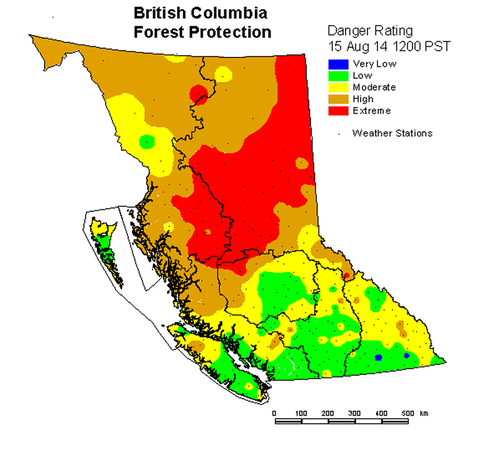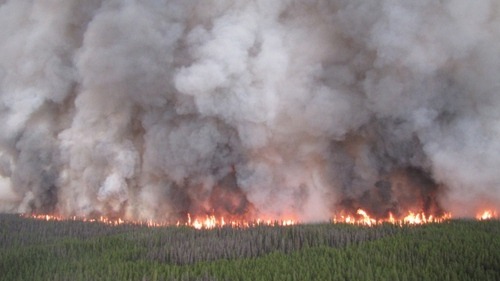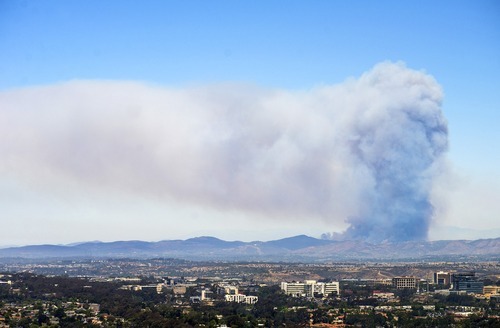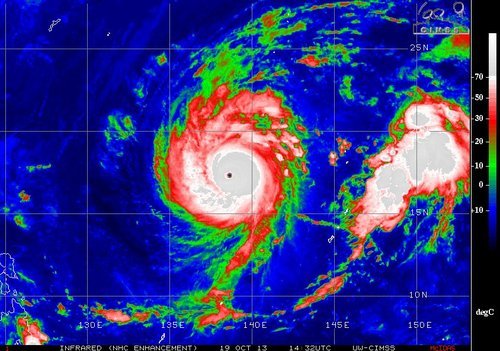More Wildfires out West
Wildfires continue to be the story out west as large areas of not only western Canada, but also the western United States are experiencing tinder dry conditions. As explained in last week’s EIWN, these conditions are due to the persistent ridging that took place in most of July and early August over the region. The ridge brought limited precipitation and warm, dry air to the western half of North America. The Drought Index reveals this well, showing a large chunk of the western US under severe to exceptional drought.
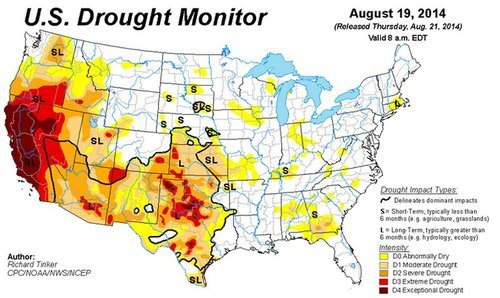
California which has seen no reprieve from the drought and saw another large wildfire flare up this week near Yosemite National Park. The fire, which started on August 18 just to the north of Oakhurst, quickly grew into a large wildfire that was out of control. Numerous air tankers, as well as 1,300 firefighters on the ground, are actively fighting the blaze. Yesterday the crews were able to gain more control of the fire, which was 95% contained as of Friday night. The wildfire is expected to be under full control by the end of this weekend. Some 500 structures in the path of the wildfire were at risk of getting torched on Tuesday and about 1,000 people had to evacuate from Oakhurst. As of Friday most homes had been saved though, with only 47 structures destroyed by the fire. The wildfire burnt an area totaling 612 acres, a small fire compared to the China Nose Fire discussed in last week’s EIWN which reached 9,100 acres in size this past week.
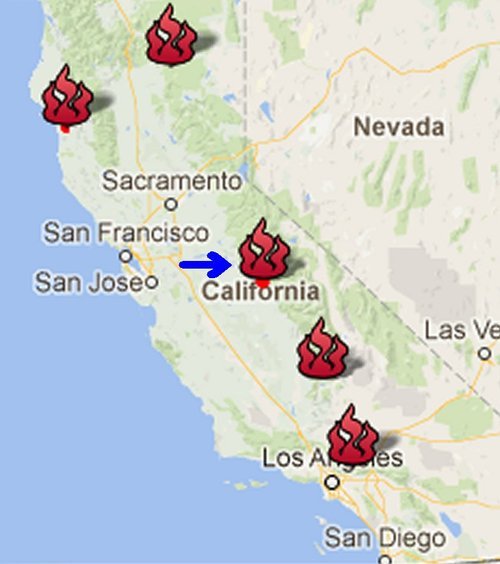
The next chance for rain in drought-stricken parts of California looks to be Tuesday as a trough digs into California and brings with it a chance of showers, however, there is signficant uncertainty regarding the strength of the trough.
